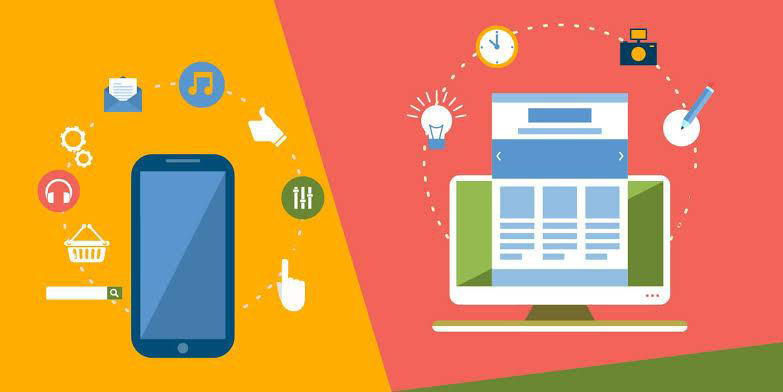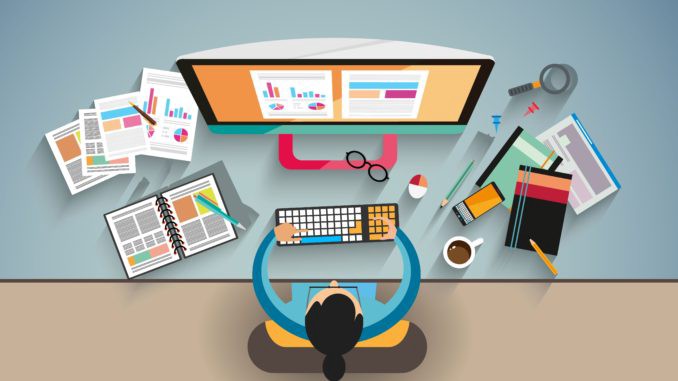We live in a world where smartphones have become ubiquitous which is why there is a huge demand for mobile apps- the total revenue from mobile apps is estimated to be 462 billion USD in 2019 (statista).
However, designing a functional and attractive mobile app interface doesn’t have to be a herculean task. There are ways to go about the process in a simpler and easy fashion. If you don’t know where to start, then you have come to the right place.
Before you learn the details of mobile app UI designing and the significance of UI/UX design in the development process, you need to understand the basic UI design principles that are as follows:
Simplicity
There is no reason to show all your creativity in one mobile app alone.
If you do that, then you will only make the design complicated and the opposite of user-friendly.
Instead, what you need to keep in mind is a design that’s simple, makes it easier for the user to perform the basic tasks for which it’s designed, and has all the shortcuts that are necessary to make navigation a breeze.
A good example of a simple but effective app is Dominos. It allows the customers to place orders, track the status, and can also create custom takeaway meals from the menu.
They didn’t decide to overcomplicate the user experience and focused on the main objective- allowing the customers to get their pizzas in a hassle-free manner.
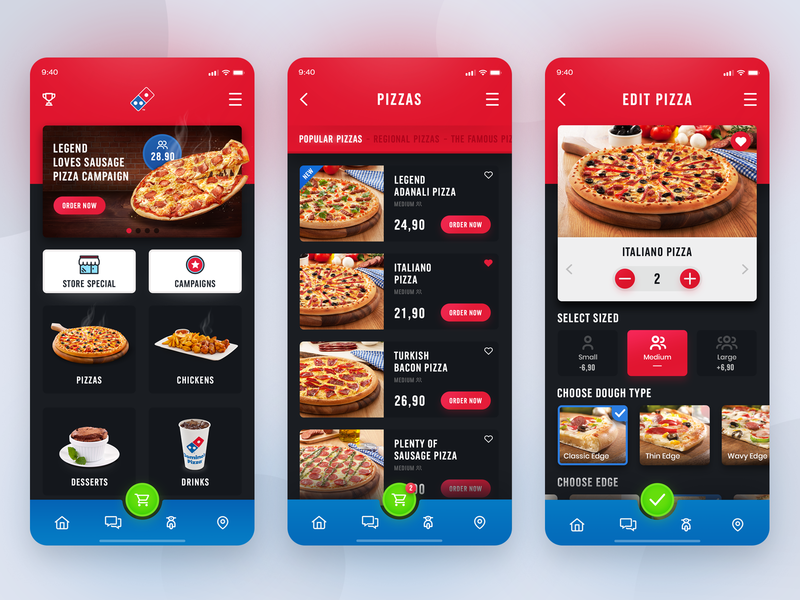
Image Credit- Link
Structure
The structure principle dictates that the user interface is meaningful, full of purpose, and based on clear models that a user can instantly recognize.
To achieve this, a designer should put related objects in one place and unrelated objects in different places the way they see fit- settings like sound, brightness, etc. in one end of the screen, and navigation tools like refresh, links, etc. on another end.
This should form the foundation of the entire UI. Other than that, it is also important to understand the dimensions and resolutions for iOS and Android app designs.
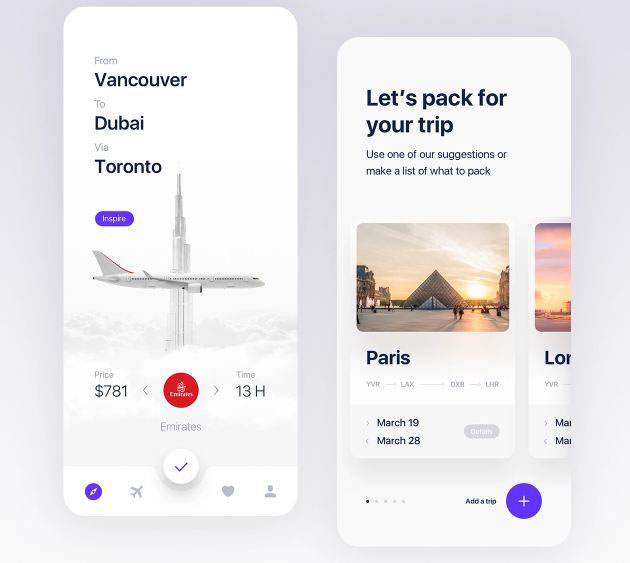
Image Credit- Link
Feedback
Since an app is created for a specific group of users, it’s important that the design keeps them informed about different actions, features, and errors.
It’s their job to make it easier for the users to find what they need. For that, the language and method should be simple and concise.
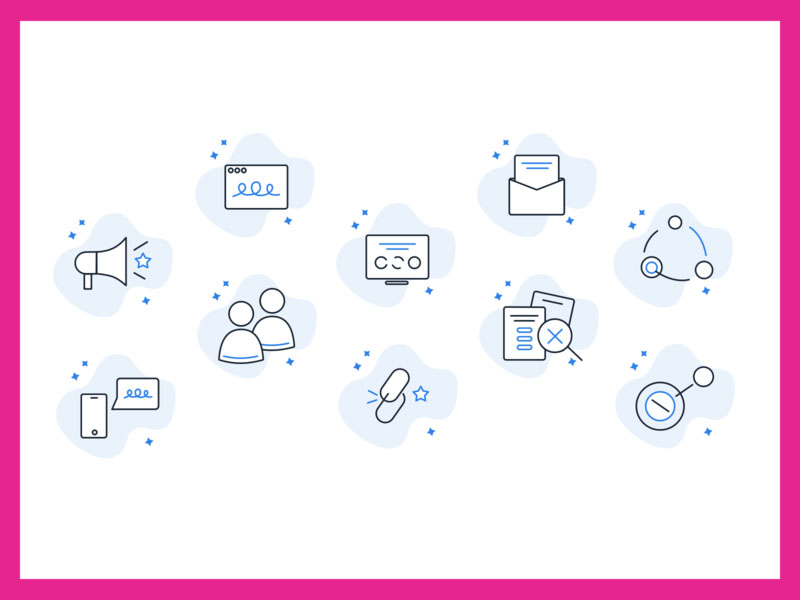
Image Credit- Link
Brand Identity
When designing any kind of app, brand identity must be kept in mind. However, one may ask what is a brand identity anyway? It’s what that feeds into logo design but more than that, it helps establish an online personality that can connect to the target demographic on a personal level.
It’s foolhardy to overlook branding when designing an app, as it plays just as important of a role as it plays in websites and blogs.
In fact, in light of the fact that there are more mobile users than laptop/desktop users in the world, app-based branding is more important than any other platform.
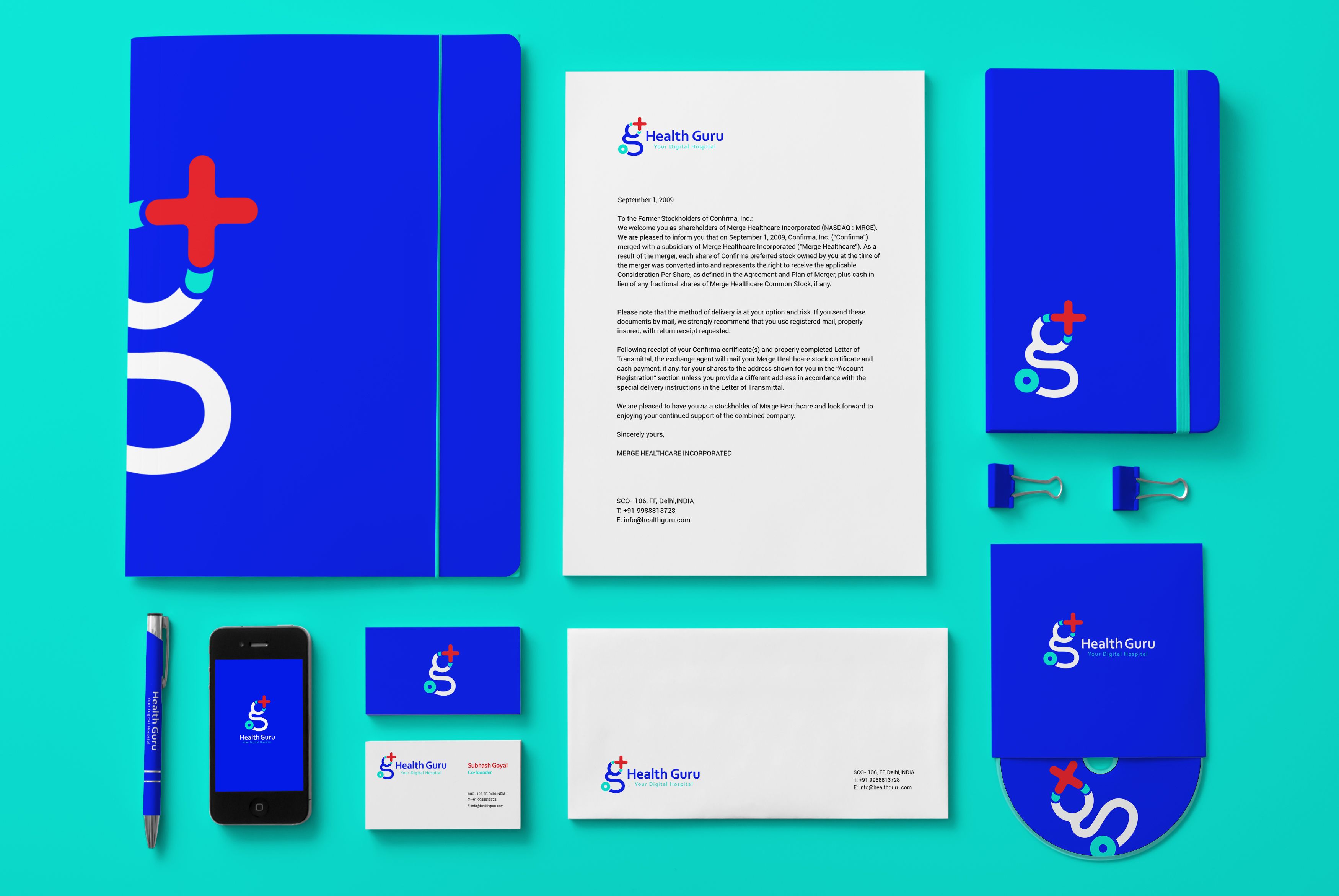
The Basics of the Design Process
Let’s consider an example to illustrate this point which shall be building a language app that teaches the users different languages. With that goal in mind, you need to establish some basic functions/features that you need to include in this app. These may include:
Home Screen:
The home screen should display various short-term and long-term courses that are available. The users may also get to track their progress in each course.Notifications:
One of the best features of the app could be improving the vocabulary of the users through regular notifications. However, to implement this feature, the user must be asked to approve push notifications at the time of onboarding.Performance monitoring:
There should be a dashboard where the user can track their progress in terms of new words learned, lessons completed, etc.
These are some of the features that can be incorporated with good design, although the actual app is likely to have many more.
Research
Once the basic outline for the app is designed, the designer must research to get a better understanding of what to create. For starters, they can study the competition, i.e. other apps that offer similar features and services.
Doing this can save many hours of work. Plus, it can help them to identify the flaws of the competitor apps which they can remove and gain an edge.
Other than studying the apps of competitors, designers can also conduct user research to design an app that successfully addresses the pain points of the end-users and meets their expectations.
Conclusion
Designing a good app is a laborious and creative process. For those who have limited experience, the task can often be overwhelming. However, with research and organization, the effort required on their end can be reduced considerably. That said, it’s important that rival apps and documentation are studied just for inspiration. The actual product must be 100% original and rather takes a courageous approach in terms of design implementation by way of experimenting with new concepts and ideas.
